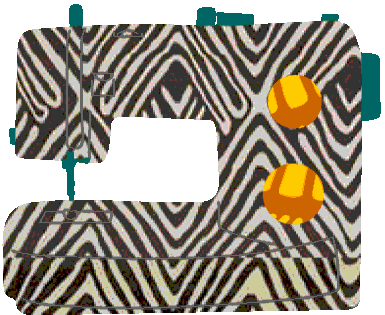Digital Fabric Printing
Digital Fabric Printing
It is always a bit sad if you want to own dress with fabric you choose but the designer regretfully informed you that the fabric is over. They need to rely on the manufacturer and wait couple of time to have again the same kind of fabric. However, what if you could take the control of the design process to look up to the fabric ? The changes starts from here.
People have used hand printed versions such as flat-bed, panel or screen printing, people use it for ages, there is nothing new with the process: costly and time consuming. An order could take weeks to be completed.
The digital priting help to make savings in the design process. The ever morphing world of technology gave us the ditigal printer with inkjet-printing tech and now we apply it into the world of fashion. However, it has developed since the original 1986, technology patent for results that competes with the commercially available fabric made via rotary screen-printing which has several yards long. Remo Gorlei – co owner of Imaterial – a South African textile design and print company – expresses to wtin.com that digitally printed facric gives designers the ability to create more intricate prints for their fabric which would cost designers more time and money if they have small orders “with digital, you do not have any limit to the amount of colours you can use and you have more freedom with repeat pattern sizes. Also, realistic photo images can be digitally achieved on cotton and linen fabrics.”
With Illustrator or Photoshop or even photographs, designers could maximize their ideas for creating fabrics because the digital printing could print almost anything. “With digital, the customer can bring any design, and it can be printed – unlike screen printing, where there can be restrictions on design, such as repeats, colour and finesse. Since we started with digital, we have rarely not been able to print a design.”
Until now, ditital priting has advanced to the peak that now it can print in almost any kind of fabric from cotton and linen to silk, nylons and polyester to mention a few. The fabric is fed into printers that apply ink to its surface through thousands of tiny droplets. To finish the process, the products need to be heated or stemmed although some will also require to be washed and dried.
http://tdsblog.com/digital-fabric-printing/
